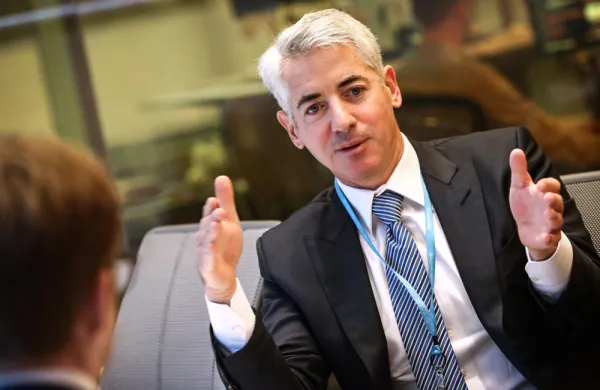Last month, even before a three-bank consortium had shelled out a record €71.4 billion ($105 billion) to acquire ABN Amro Bank, Santander agreed to sell ABN’s Banca Antonveneta unit in Italy to Banca Monte dei Paschi di Siena for €9 billion, recouping nearly half its €19.9 billion share of the takeover cost and allowing it to walk off with ABN’s prized Brazilian unit, Banco Real, at a bargain price.
That savvy maneuvering underscores one of the abiding ironies of this extraordinary takeover saga — that the lead player in the ABN consortium, Royal Bank of Scotland, appears to be taking on the bulk of the deal’s risk while standing to gain the least. RBS, which will run ABN for as long as 18 months while it is being broken up, will shoulder the operational burden for the buyout consortium, which also includes the Belgian-Dutch banking and insurance group Fortis. But the businesses that RBS will end up with — namely, ABN’s corporate and investment banking operations — face much-diminished growth prospects because of the global credit crisis that erupted after the consortium launched its bid in April.
Chief executive Sir Fred Goodwin insisted early this month that the integration of ABN Amro was “off to a promising start” and that RBS expected returns on the deal to be slightly better than previously forecast. In addition, he announced that the two banks would take a combined £1.25 billion ($2.5 billion) in write-downs on U.S. mortgage-related assets. RBS is a leading underwriter of U.S. mortgage-backed securities, and ABN Amro is one of the biggest European backers of conduits, or off-balance-sheet financing vehicles, with some £40 billion in assets. The write-downs were smaller than some analysts had feared; RBS’s stock rose 2.7 percent on the news but was still off 27.9 percent since the start of the year.
Notwithstanding Goodwin’s positive outlook, many analysts still contend that RBS fundamentally overpaid for a wholesale banking business at the top of the business cycle. “It could be a real struggle” for RBS to justify the deal, says Citigroup banking analyst Tom Rayner.
The British bank must find a way to integrate far-flung businesses with very different product lines, cultures and attitudes toward risk, without losing clients in the midst of the toughest credit market environment in years. Even if it does so and succeeds in wringing out a projected €1.8 billion of cost cuts and revenue synergies by 2010, its return on investment will be slightly higher than 13.2 percent, compared with Santander’s projected ROI of 19 percent on Banco Real.
The stakes for RBS rose dramatically in July when a Dutch court allowed ABN Amro to sell its Chicago-based LaSalle Bank Corp. to Bank of America for $21 billion in a last-ditch defense gambit. LaSalle had been one of the chief reasons for RBS’s interest in challenging Barclays Bank for ABN Amro. It would have given RBS critical mass in the U.S. Midwest, where the bank has struggled, and enabled RBS to apply LaSalle’s commercial banking strengths to its Citizens Bank retail network in New England and the mid-Atlantic states. But rather than give up, RBS CEO Goodwin dug in deeper. Not only did he maintain the consortium’s offer, which greatly exceeded Barclays’ €58 billion cash-and-shares bid, he lifted the cash component to 93 percent from 79 percent. This move minimized share-price dilution but left RBS, whose portion of the bid was €27.2 billion, as Europe’s most highly leveraged bank — with an equity-to-assets ratio of just 1.2 percent, compared with an average of 2.9 percent for the sector, according to Citigroup — just as bank borrowing costs were rising.
To be sure, there is more to the ABN deal than the Americas for RBS. It gains entry into markets in India, the Middle East and the Asia-Pacific, as well as an enlarged retail presence in China, Singapore and Hong Kong. Still, Simon Willis, a London-based analyst at Ireland’s NCB Stockbrokers, calls these niche positions “nothing that’s exactly transformational.”
At RBS Corporate Markets, a unit led by Johnny Cameron that combines the bank’s capital markets and wholesale banking businesses, executives insist there are opportunities for revenue synergies. ABN Amro is strong in covered bonds, commodities and global payments, and RBS is big in European syndicated loans and global project finance.
To get those benefits, however, RBS will be obliged to separate ABN’s global markets and clients businesses from its Dutch operation, which will go to Fortis for €24.3 billion, and then combine two different outfits. Unlike ABN, RBS has shunned equities and merger advisory and focused on lending and bond underwriting.





